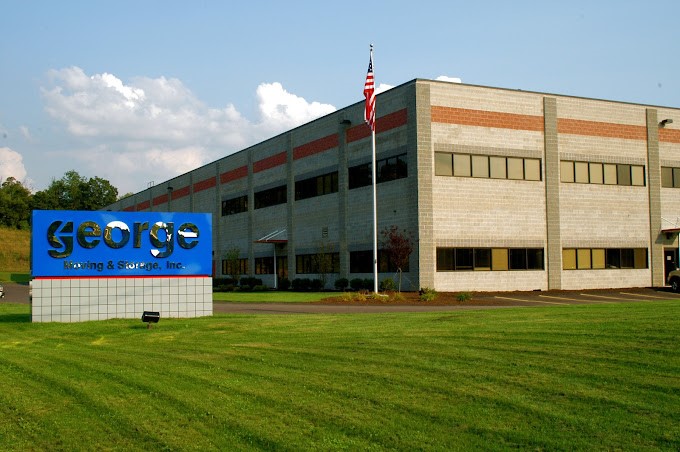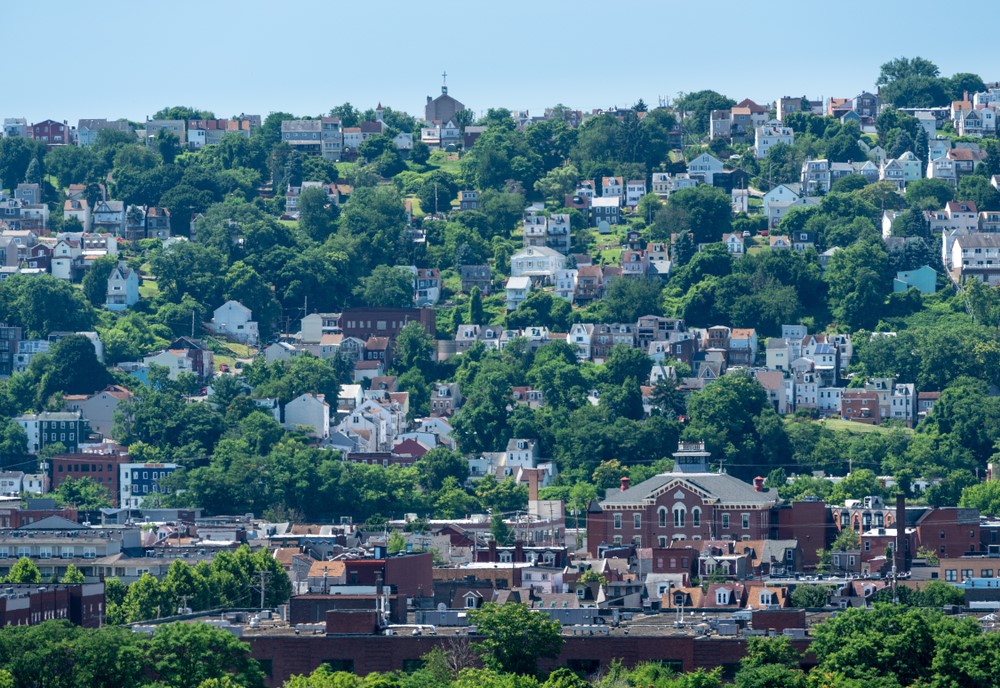
One main criteria often mentioned by homebuyers in their search for a new home is finding a house in a safe neighborhood. But how can you tell if a certain neighborhood is the right fit for you?
Here are 7 categories to help choose the best neighborhood for your next home:
1. The schools.
Whether or not you have children at home with you, school districts are an important factor to consider. Local school rankings are available from GreatSchools.org, Niche.com and other local online rankings. As a first step, try calling the local district office or searching their website for a fact sheet about the student body, average test scores, accommodations for special needs children, etc. You’ll also want to ask other parents in the area.
2. Local Business & Shopping.
Tour around yourself, and check out the local scene. Are there retail vacancies? Talk to “mom and pop” small business and shop owners … try asking them what they love about the community, or what do they wish could change? The Pittsburgh Chamber of Commerce or Convention & Visitor’s Bureau is another fantastic resource to help in your search.
3. Public Transportation.
For some people, access to public transportation is key to getting around the city or to work, so be mindful different neighborhoods have different commute times. Find the local bus or subway line, research access to a train station (and possibly parking or other accessibility), and try to learn more about fees and travel times from any given neighborhood.
4. Convenience.
This can vary, depending on your priorities. Think through if you need (or want) quick access to freeways, grocery stores, a fitness center, shopping, restaurants, etc. If you’re hoping to be “close to the action,” then naturally, access is key. Conversely, if you hope to “get away from it all,” then finding solitude in a more rural area might better suit your needs.
5. Crime Statistics.
Similar to schools, crime statistics are another important factor in your quest for the right neighborhood. Try a search online by city or by zip code, and learn more about crime statistics in a given area to see how it compares within your state or the national average. In addition, a call to the local police station’s non-emergency number might also shed some insights from those in-the-know.
6. Taxes.
Tax rates often vary by town and by county, so before making a home purchase, do your research and/or work with a realtor to learn what the local tax rate is, and see how it compares to other neighboring communities. In any given year (but especially during an election year) it’s also a good idea to find out whether there are any prospective referendums on the ballot that might impact your tax rate.
7. Future Development.
Whether you plan to stay for 2 or 20 years, future development in any given area can affect the resale value. Are there new plans for building, zoning changes, retail, civic or school expansions? New highways being discussed for that region? Ask around, and research local news websites for more information about a given region.
No matter which category you value the most, there’s nothing quite like taking a personal look yourself. Drive or walk the streets in the neighborhood, talk to other homeowners, and visit local shops and restaurants. First-hand knowledge goes a long way in helping determine which place is best for you.
For more, visit the original blog where many of these tips appeared.
Subscribe to George Moving and Storage's Blog















Comments